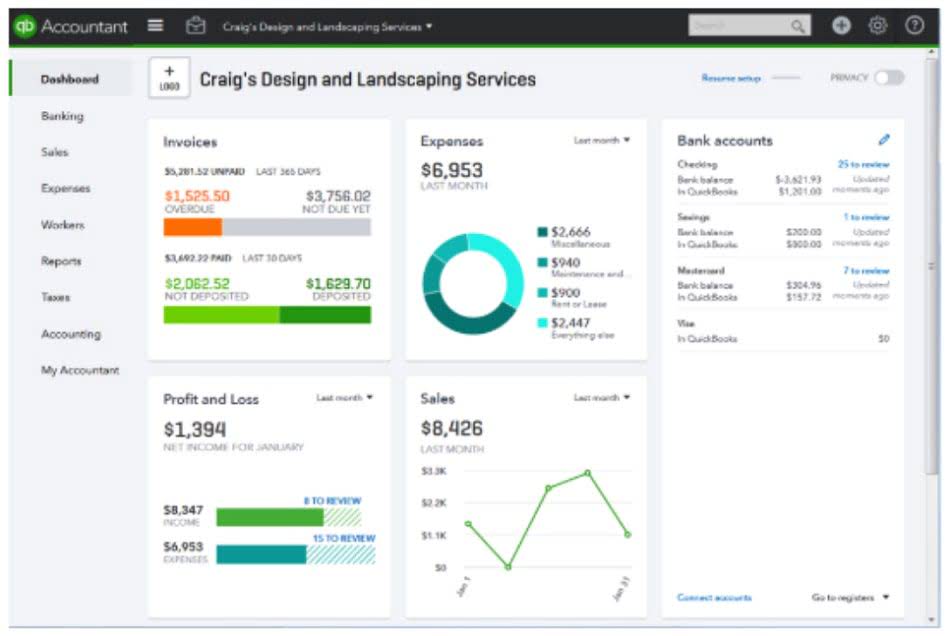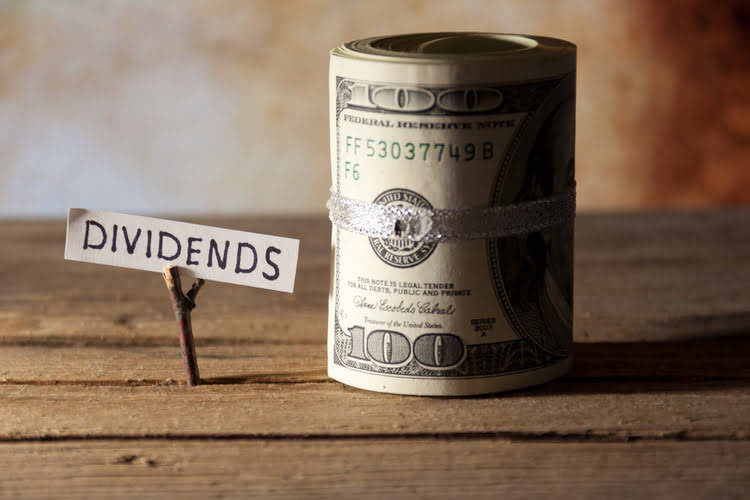
Understanding these techniques enhances your ability to manage production costs effectively and optimize resource allocation. Our free downloadable production scheduling template is designed to help you streamline your production processes and allocate costs effectively. In such cases, process costing is crucial for determining the cost per unit or at least putting them in the same price class. Since the products are so alike, the cost to make each item tends to be very close. It also uses variance analysis to compare budgeted costs against actual expenses, identifying inefficiencies or potential savings.
Misrepresentation of Costs

The cost is allocated based on the completion of the activity for particular products. It helps to measure the value of work in process at the year-end as the cost can be traced with the completion of the stage of production. Process costing is a method of allocating costs in the manufacturing environment where production is carried in batches and requires different stages to process costing examples be completed. It yields a cost of goods manufactured (COGM) figure, which is frequently displayed on your company’s income statement.
- However, it does not precisely identify which a lot of raw material is taken for production and its procurement rate.
- Also known as indirect expenses or factory costs, manufacturing overhead includes all the production costs that cannot be directly assigned to a specific product or process.
- Mr Bean allows the staff to eat 5% of the chocolate as they work on Process 1.
- This leads to better communication and a greater understanding of the business’s cost structure.
- This process costing method is similar to the weighted average costing method, only that it uses an estimated standard cost for each process stage rather than actual costs.
- Selecting the right costing approach is crucial for accurately capturing and analyzing costs.
- Since the output from Process A becomes the input for Process B we need to deal with each of the processes in order.
Losses and Gains at different stages in the Process
- In these situations, process costing can provide an accurate calculation of the cost of production per unit.
- The organization can identify such inventory by physically counting the units or through software inbuilt into the manufacturing process.
- Using a process costing system provides better cost control, allowing manufacturers to identify the cost of each process in producing a product.
- Running a successful manufacturing business can sometimes feel like a juggling act at the circus.
- This method simplifies cost management in large-scale manufacturing environments.
- For example, it would be impractical and inefficient for a company that bottles cola to separate and record the cost of each bottle of cola in the bottling process.
It includes the wages or salaries of the workers directly converting the raw materials into finished goods. Direct labor costs are usually tracked based on the number of hours worked bookkeeping and payroll services or through other relevant measures. Each department has its own costs, such as materials, labor, and manufacturing overhead. These costs are summed up for a given period, typically a month, to determine the total cost incurred by each department.

How Can Technology Be Used to Improve Process Costing in Manufacturing?
The per-unit calculation includes the costs for completed units and partly finished equivalents at the end of the period. Costs for unfinished goods are usually expressed as a percentage of the total cost, reflecting processing expenses incurred so far. First in, first out (FIFO) is the most complicated process costing approach because it creates different costs. One cost is for units started in the previous period but not completed, and another for any production started in the current period. FIFO costing assumes the first units in—work in progress at the beginning of the current period—are completed and shipped out first.

Cost of Raw Materials
It can be assessed based on the expectation that how much effort is needed in order to complete the process of production. Use this free product cost calculator to track expenses and understand all the costs involved in bringing your products to market. Common what are retained earnings costs are apportioned on basis of the sales value of Joint product produced when they are separated in process. Joint products are two or more products generated simultaneously, by a singe manufacturing process, using common input, and being substantially equal in value.


